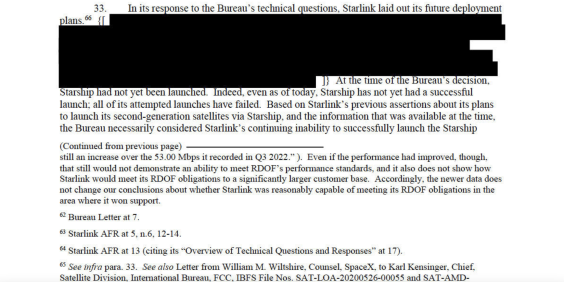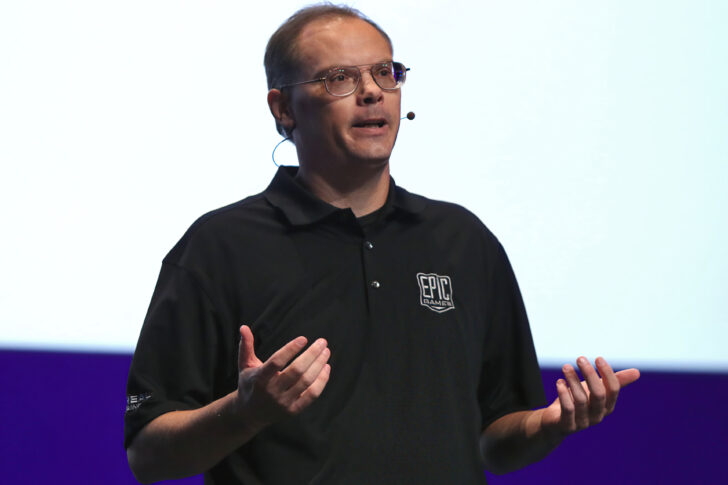This is not investment advice. The author has no position in any of the stocks mentioned. Wccftech.com has a disclosure and ethics policy.
The National Aeronautics and Space Administration (NASA) has shared more details about its plans to fly a nuclear rocket in 2027. NASA partnered with the Defense Advanced Research Projects Agency (DARPA) earlier this year to launch a nuclear rocket on a traditional vehicle launch in 2027. This test will study the engine and ensure it performs as expected.
Details for the nuclear rocket and NASA's role in its development were revealed in a meeting of NASA's Advisory Council held yesterday. At the event, NASA's space nuclear technology portfolio Manager Dr. Anthony Calomino stressed that the nuclear rocket launch is planned to make it completely safe and that the reactor will not be powered up until it is safely away from Earth.
NASA Is Developing Nuclear Thermal and Nuclear Electric Propulsion Technologies
NASA's plans for using nuclear technology in space revolve around three designs. These are nuclear fission surface power generation (or a typical nuclear power plant), nuclear electric propulsion and nuclear thermal propulsion. On this front, the agency is currently working with six contractors to develop a concept 40 kilowatt-electric lunar fission surface plant. NASA and the Department of Energy partnered with Lockheed Martin, BIWXT, Westinghouse, Aerojet Rocketdyne, Intuit Machines and X-Energy.
Dr. Calomino shared that the design reviews for IX were finished in April, and Lockheed's proposal is up for review on the 23rd of this month. NASA and DOE are also using a government reference design to gauge the amount of investment needed in the project, and the agency's official shared that it is working with the Air Force Research Laboratory for its Joint Energy Technology Supplying On-Orbit Nuclear Power (JETSON) project. NASA is also looking at opportunities to provide supporting materials such as lightweight materials and shielding equipment.
He added that some contractors, such as Lockheed and Westinghouse, are also approaching the fission surface plant to use its benefits for their corporate project (including a lunar economy for Lockheed). Lockheed recently filed an application to the FCC seeking permission to communicate with lunar objects, and in this application, a surprise appearance was a nuclear plant.



2 of 9
Moving towards nuclear propulsion, NASA has shifted from focusing on developing technologies for Mars missions to now developing cislunar projects and leveraging the experience gained to focus on Mars. The agency is also interested in cost-sharing agreements with other government agencies, such as the Department of Defense, due to the overlapping benefits from the project.
When developing nuclear electric propulsion (NEP) vehicles, existing technologies such as surface nuclear systems and solar electric systems can play a crucial role and allow for crucial time savings. A nuclear electric system uses a nuclear plant to generate electricity that generates thrust through stable gasses. NASA is aiming to generate "something in the tens of kilowatts" for the NEP vehicle, and it is also interested in developing "chemical boost" systems that will use methane or other cryogenic propellants.
The goal is to develop the technologies for lunar missions and determine which technology suits Mars missions. NASA is looking at sub-scale, lower thrust options to demonstrate operational capabilities and determine applicational requirements.


2 of 9
The other nuclear propulsion system is nuclear thermal propulsion (NTP). NASA partnered with the DOE's Idaho National Laboratory to award three NTP nuclear reactor development contracts in 2021. Unlike NEP, which uses electricity to power the engine, NTP uses the heat from a reactor to expand hydrogen and generate thrust. NASA has partnered up with DARPA to develop an NTP engine. The agency will focus on the engine, and DARPA will develop technologies to launch the nuclear rocket as a payload.
Dr. Calomino shared that the agency aims to generate ten thousand pounds of thrust through the engine. It is also interested in using hydrogen because of its high specific impulse properties. The DARPA mission, slated to launch in 2027, will use a prototype engine that will be the first fission system in space since the SNAP-10A nuclear-powered satellite launched in 1965. This vehicle will not have active cryofluid management (CFM) systems and a passive nuclear capability. CFM is a critical part of nuclear engines due to the need to manage the super cold propellants for extended periods.



2 of 9
The partnership with DARPA has also allowed NASA to expedite its NTP development efforts. Its prior investments in technology have reached a point where it is possible to demonstrate such a system. One bottleneck the agency faces is expanding High-Assay Low-Enriched Uranium (HALEU) to the engine's required temperature ranges. The engine is expected to operate at temperatures ranging between 28,000 to 29,000 Kelvin, which strains the reactor and its materials. The agency is working with the DOE to design and test the reactor.
The companies currently working with NASA are Ultra Safe Nuclear Technologies (USNC), BWXT (a Lockheed and Aerojet partnership) and General Atomics. Out of these, Aeroject will leverage its engine manufacturing experience to manufacture turbomachinery, and NASA will design these components. The space agency has also finished fuel testing of ceramic specimens, and it is investigating fast heat-ups and cooldowns and their implications on the operation. NEP thruster testing is going on at the Jet Propulsion Laboratories, and the commercial partners finished their preliminary design review in September 2022 and extended this to include hardware testing and operational feasibility of the reactor's capability and design.





2 of 9
Moving towards the specifics of the 2027 mission, Dr. Calomino shared the aim of gaining a physics and engineering perspective for operating an integrated system in space. This will test power-up and shutdown operations with machinery and turbopump controls. Most of the tests will run at low specific impulse for a low-temperature range, and after these tests are finished, the engine will be powered up to the higher specific impulse levels.
The DRACO engine will be launched into a nuclear safe orbit higher than a thousand miles since the time that it takes for the engine to return to Earth will be longer than the decay rate of the particles generated during orbit, so the system will enter the Earth in the same state that it left. Dr. Calomino added that the U-235 in the engine at launch will not have been fissioned. Hence, it poses low radioactive health hazards, and the reactors being launched will be cold - meaning that they have never been operated before. The rector will be activated once it reaches orbit.
Several systems will be in place to ensure that there is no criticality during the strenuous launch environment, and one potential mishap during the launch can occur if the reactor crashes into a body of water. The additional stressors from this could make it go critical, and NASA is designing several measures to ensure this will not be possible.













